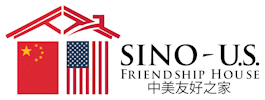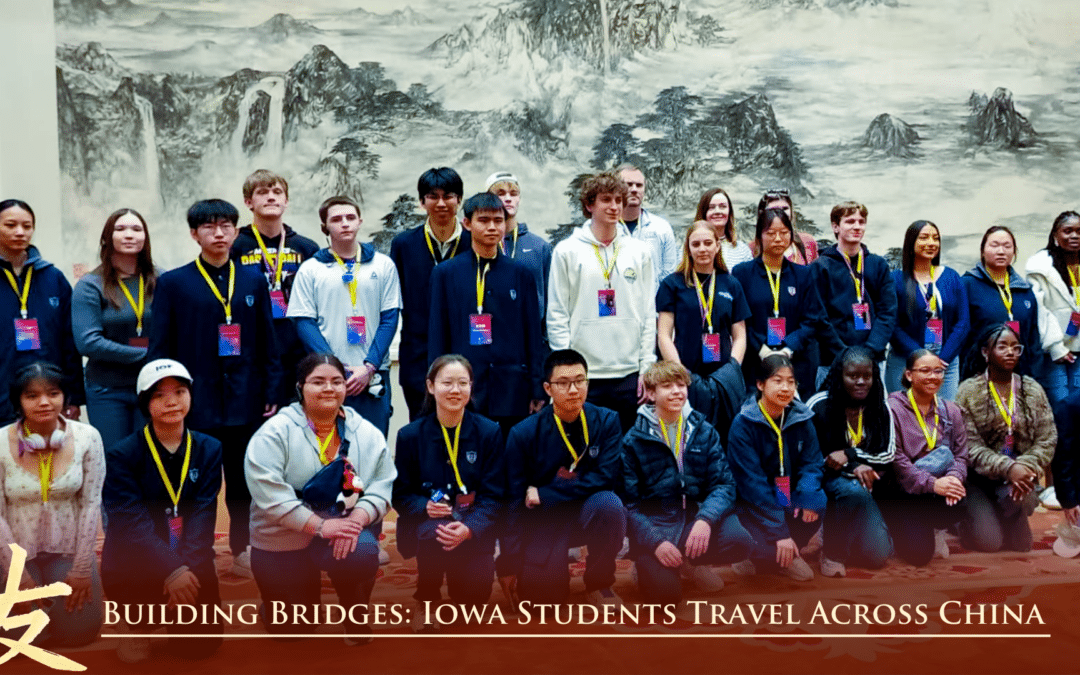The relationship between the United States and China is one of the most complex and consequential bilateral relationships in the world today. While political and economic tensions often dominate the headlines, there is a quieter, yet equally powerful, force at work: cultural exchange programs. These initiatives serve as a bridge between the two nations, fostering mutual understanding and respect through person-to-person diplomacy. This article explores the pivotal role that cultural exchange programs play in strengthening U.S.-China relationships and offers valuable insights supported by relevant examples, case studies, and statistics.
The Importance of Person-to-Person Diplomacy
Building Mutual Understanding
Cultural exchange programs provide a unique platform for individuals from the U.S. and China to interact, share experiences, and learn from one another. These interactions help to break down stereotypes and misconceptions, fostering a deeper understanding of each other’s cultures, values, and perspectives.
Enhancing Soft Power
Soft power, the ability to influence others through cultural appeal and diplomacy rather than coercion, is a crucial aspect of international relations. Cultural exchange programs enhance the soft power of both nations by showcasing their cultural richness and diversity. This, in turn, helps to build a positive image and fosters goodwill among the people.
Case Studies: Successful Cultural Exchange Programs
The Fulbright Program
The Fulbright Program, established in 1946, is one of the most well-known cultural exchange initiatives. It has facilitated the exchange of scholars, students, and professionals between the U.S. and China, promoting academic collaboration and mutual understanding. According to the U.S. Department of State, over 370,000 participants from more than 160 countries have benefited from the program, including thousands from China.
The 100,000 Strong Initiative
Launched in 2010 by the Obama administration, the 100,000 Strong Initiative aimed to increase the number of American students studying in China. By 2014, the initiative had successfully met its goal, with over 100,000 American students participating in study abroad programs in China. This initiative not only enhanced educational opportunities but also fostered long-lasting relationships between young people from both nations.
The Impact of Cultural Exchange Programs
Economic Benefits
Cultural exchange programs have significant economic implications. According to a report by NAFSA: Association of International Educators, international students contributed $44.7 billion to the U.S. economy during the 2018-2019 academic year. Chinese students alone accounted for $15 billion of this total. These programs also create job opportunities and stimulate local economies.
Diplomatic Relations
Person-to-person diplomacy can have a profound impact on diplomatic relations. Participants in cultural exchange programs often go on to become leaders in their respective fields, carrying with them a nuanced understanding of the other country. This can lead to more informed and empathetic policy decisions, ultimately contributing to a more stable and cooperative international environment.
Challenges and Opportunities
Navigating Political Tensions
While cultural exchange programs offer numerous benefits, they are not immune to political tensions. Visa restrictions, funding cuts, and geopolitical conflicts can pose significant challenges. However, these obstacles also present opportunities for innovation and resilience. By adapting to changing circumstances and finding new ways to facilitate exchanges, these programs can continue to thrive.
Leveraging Technology
The COVID-19 pandemic has accelerated the adoption of virtual exchange programs. While in-person interactions are irreplaceable, virtual exchanges offer a viable alternative, especially in times of crisis. Leveraging technology can help to expand the reach and impact of cultural exchange programs, making them more accessible to a broader audience.
Cultural Exchange Programs are Integral
Cultural exchange programs play an indispensable role in strengthening U.S.-China relationships. By fostering mutual understanding, enhancing soft power, and creating economic and diplomatic benefits, these initiatives contribute to a more stable and cooperative global environment. Despite the challenges posed by political tensions and global crises, the resilience and adaptability of cultural exchange programs ensure their continued relevance and impact. As we navigate the complexities of the U.S.-China relationship, investing in person-to-person diplomacy through cultural exchange programs remains a vital strategy for building a more harmonious and interconnected world.







